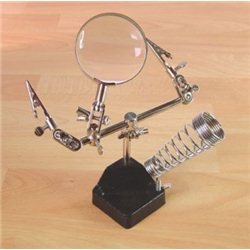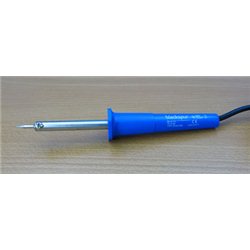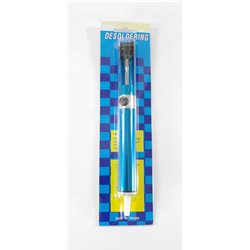If you do not want to buy pre-made trees, which these days look very realistic, you can get tree armatures which are...
No products
Product successfully added to your shopping cart
There are 0 items in your cart. There is 1 item in your cart.
Search Tips
Christmas and New Year
We are dispatching orders every weekday apart from Christmas Day, Boxing Day and New Year's Day.
If you order is time critical, select next day delivery at checkout.
The shop in Sandown is closed from 25th December, reopening on 30th December.
How do I put together a white metal kit?
The concept of putting together a white metal kit is very much the same as with plastic ones: you have sections or parts that need removing from sprues, followed by a spot of sanding before sticking them all together and painting. So if you fancy giving one a go, then you should because it really is that simple, kind of!
Although the concept is the same, the materials and tools used to construct a white metal kit will differ slightly from the usual craft knife and PVA glue. Most white metal kit builders will use a combination of solder and epoxy resin to join kits together and tools such as a metal file and a good pair of side cutters to remove and sand the parts (although some smaller parts will be happily plucked from the sprues by hand but this is rarely a good idea).
A good place to start when constructing a white metal kit is to have a helping-hand device or clamp available to hold the parts in place while you solder them together. Parts should be joined initially with spots of solder (a bit like a spot weld) preferably in a place that will not be visible when viewing the model, the join can be strengthened by adding a seem of solder later once the initial join is complete.
For parts that are to be joined where there's no opportunity to hide the solder spots, a fast-drying epoxy resin is the best way forward to save you from endless sanding to smooth out the solder.
The great thing about using solder to secure the joins is that if the parts don't join neatly or to your satisfaction, you can melt them apart and try again, not so easy with plastic and glue!
Click here to receive the tips weekly in your mailbox. You can unsubscribe at any time.










